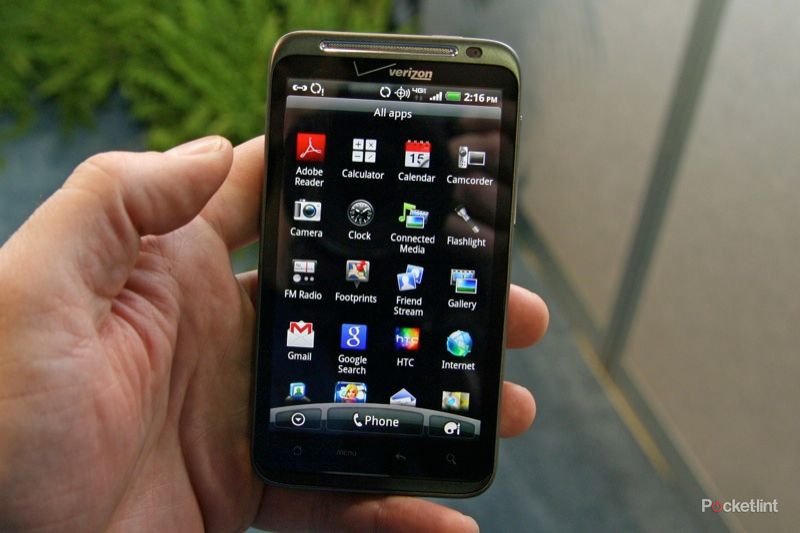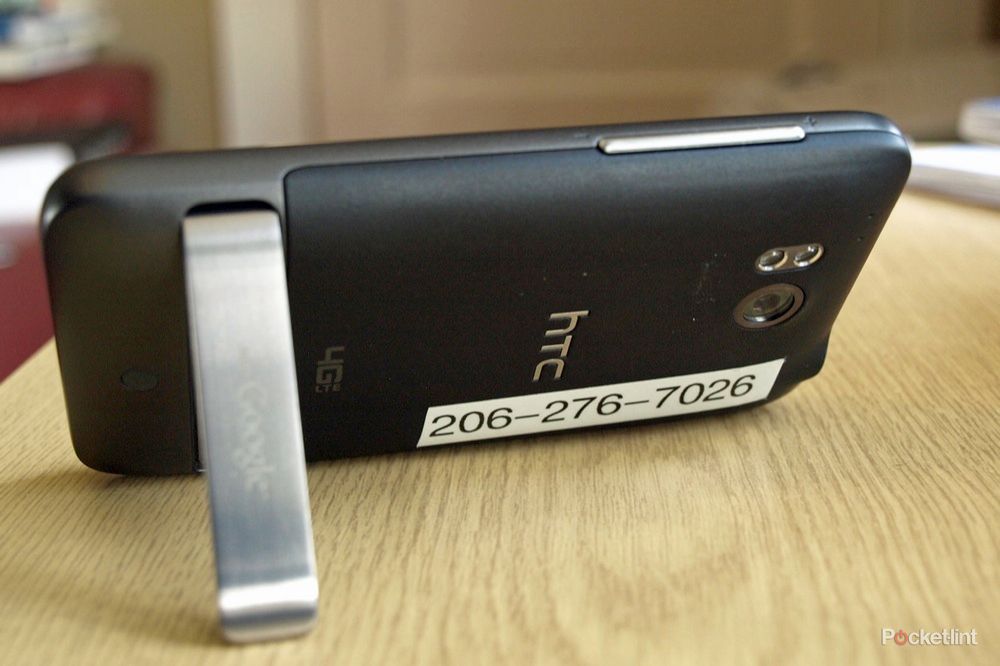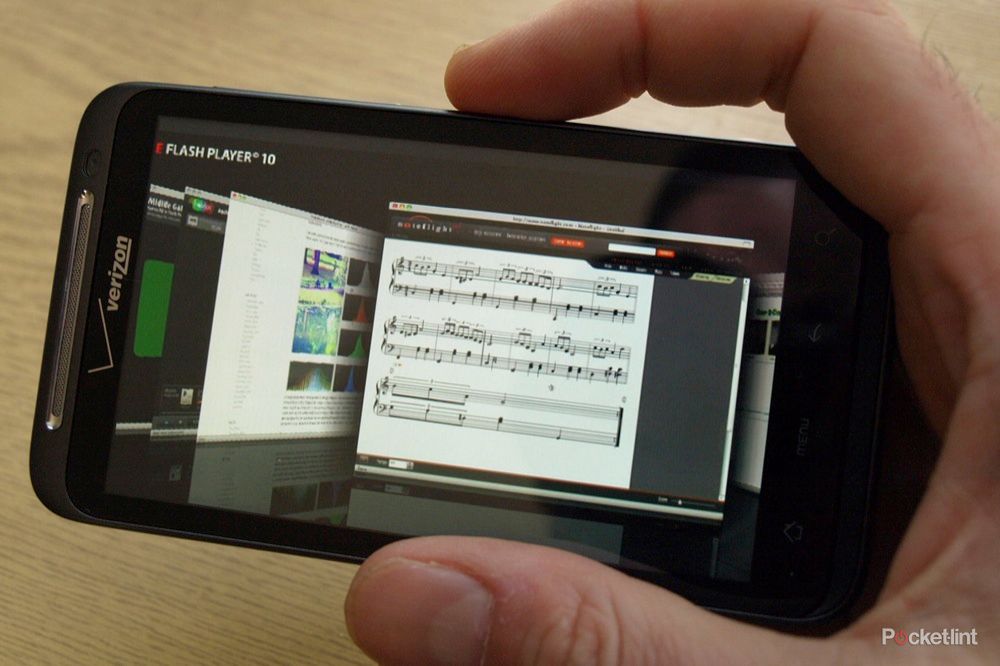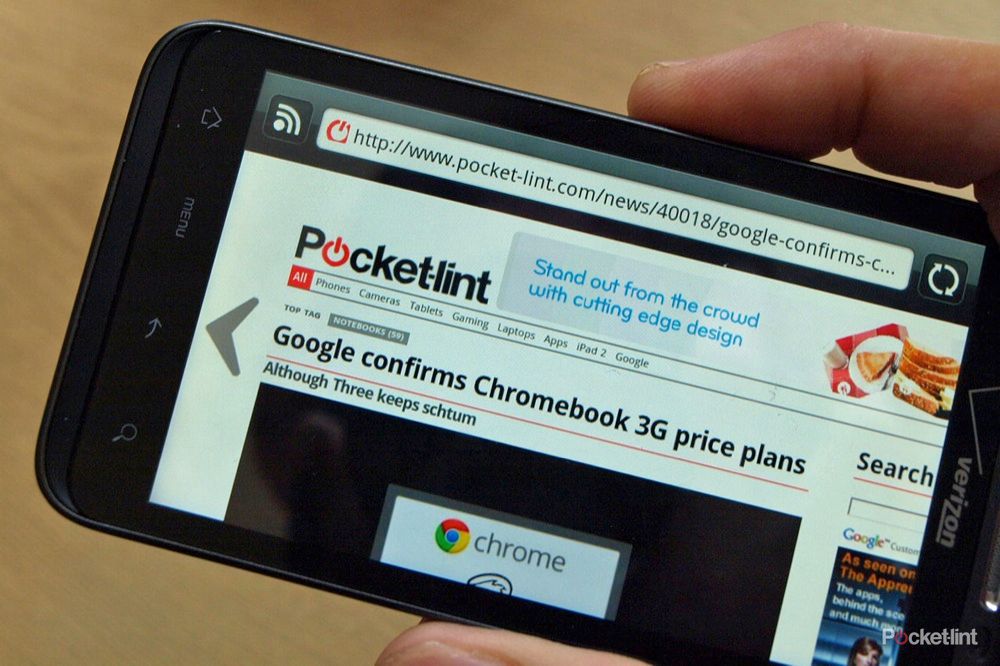The HTC ThunderBolt is one of the very, very few 4G devices to actually be up and running on a 4G network (Verizon’s LTE roll-out in the US). As such, it’s perfectly positioned to act as a lightning rod for all the myths, hype and hassles that come with any step-change in technology: 4G will turn on a broadband fire hose; HD films will stream stutter-free; networks will collapse under the strain; and users will run up massive bills.
Our quick take
Is the ThunderBolt’s insatiable appetite for energy a deal-breaker? Probably not. Power users will get used to carrying the chunky charger around or investing a second battery, and there’s even a certain kudos to be earned from any phone capable of frying an egg on its screen while sharing its LTE goodness.
And the truth is that 4G is a game-changer. Once you’ve sampled the effortless ease of near-instant streaming, websites appearing in the blink of an eye and jet-propelled uploads, it’s difficult to return to patchy, jerky 3G. The ThunderBolt may not quite embody the ultimate 4G phone, lacking the dual-core chops to really go to town, but it’s a solid, sensible handset that delivers a genuine 4G experience on one of the world’s first 4G networks. Apparently, lightning does strike twice.
Additional product photos taken from the HTC ThunderBolt launch.
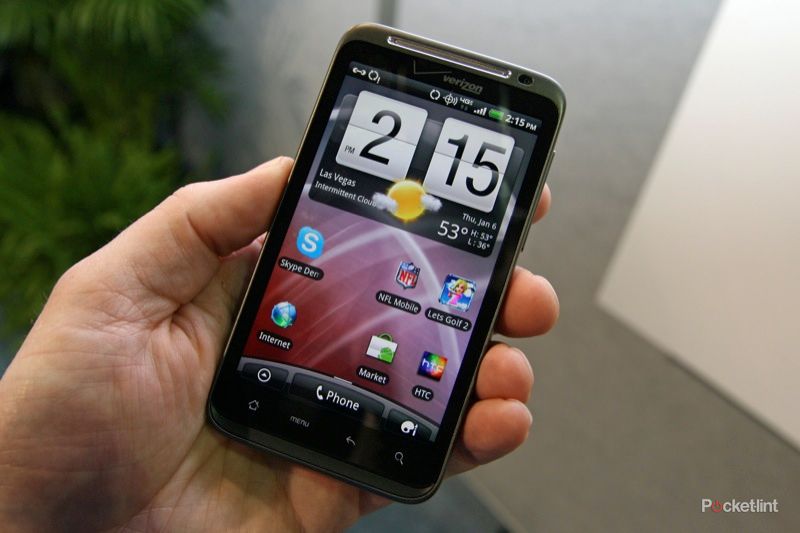
HTC ThunderBolt - 4.0 / 5
| FOR | AGAINST |
|---|---|
|
|
All indications are that the shift to 4G won’t be a re-run of the 3G fiasco. For a start, there’s an army of smartphone users who are already squeezing every last kilobit out of existing 3G services. We’ve become used to downloading rich media, launching video calls and using phones as our primary conduits for email, the web, social networks and more.
The challenge now is for operators to meet expectations and match the hype. Will users be happy with pseudo-4G services like Sprint’s Wi-Max? How will 4G devices (and customers) cope with the inevitable speed bumps outside of major cities? And can devices and services keep up with the 4G wave?
- Best smartphones: The top mobile phones available to buy today
- HTC through the ages: A brief history of HTC's Android handsets
The HTC ThunderBolt has a lot riding on it. As Verizon’s first 4G smartphone (the Xoom tablet came out just a few weeks earlier), the impression it makes will set opinions on the whole concept of a next-gen network. Can a non-dual core handset hack it in 4G? And will the ThunderBolt have enough time to make a name for itself before other eagerly-awaited 4G devices, like the Droid Bionic, flex their cybernetic muscles?
Size matters
You’d expect the first 4G phone to be a monster and the HTC ThunderBolt is a certainly a handful, home to a 4.3-inch 800 x 480 screen and weighing a shade under 180g. But this is solidity that comes from being built well rather than mere pocket-dragging bulk. The case is solid ABS, with a soft-touch curved back that adds grip and shrugs off fingerprints.
The design is nothing special. A large slab of glass incorporates the four (soft) Android keys and the only other controls are a nicely recessed power button and an awkwardly large and plasticky volume rocker. Dimensions are 122 x 62 x 14mm, all of which spells a hefty handset taking up some serious palm space.
If your wrists get weary, the ThunderBolt comes with a secure and well-machined flip-out kickstand. Cleverly, popping out the stand reveals the ThunderBolt’s built-in stereo speakers. The strident, surround-ish sonics definitely benefit from the bass boost of sitting on a table top, and sound fine for speech or even short bursts of pop.
No resolution revolution
It’s hard to see the logic of building a next-gen handset and saddling it with aging features. Unfortunately, that’s a bit of a theme with the ThunderBolt. The 800 x 480 screen is sharp enough and its TFT colours are bright enough, but there’s little here to dazzle anyone who’s ever had their eyeballs massaged by an iPhone or Samsung Galaxy S.
The smarts behind the glass are Android 2.2 (yawn) running on a 1GHz Snapdragon chip. That would be nothing to sneeze at on an entry-level smartphone but looks modest when you’re trying to download a HD video and synch your email over 4G, while making a 3G phone call (theoretically possible, not recommended).
In everyday use, the ThunderBolt occasionally stutters when asked to multi-task above its pay grade. Web pages can take a moment to resize or re-orient, and significantly more than a moment to render complex designs or load Flash interactivity.
The HTC Sense skin is as steadfast as ever. The seven home screens are easily populated with widgets and very smoothly navigated with a pinch-to-zoom gesture. Friend Stream aggregates Facebook, Twitter and Flickr feeds efficiently but with all the joy of a prisoner stamping number plates: it’s too easy to hit a dead end where clicking on a tweet or update just refreshes the same screen.
Not a Thor loser
All of which might make it sound as though the ThunderBolt is all sound and no fury. Far from it. Touch the innocuous internet icon and this phone starts to spit sparks. In a solid 4G area, Google searches load almost literally instantly and info-dense, image-heavy sites like Pocket-lint spring to life on the screen, fully populated with media and links.
Streaming audio and video buffers in next to no time and generally proceeds with a minimum of interruptions, although you will definitely notice the difference when reception is dodgy or you have to down-shift to 3G.
Firing up the Ookla Speed Test app makes it official. In our tests, the ThunderBolt reliably pulled down about 10Mbps of data, with upload speeds of about half that. Experiencing mobile download speeds nearly twice that of the average UK domestic broadband connection feels like being handed Thor’s hammer. No longer are you always hunting for a Wi-Fi signal to piggyback: Verizon’s 4G LTE service is faster, safer and more stable.
While foes will tremble at the sight of your bandwidth, you might find yourself quailing when your phone bill arrives. At 10Mbps, you could run through a monthly 1GB data allowance in under 15 minutes. US operators have admitted that carrying data over 4G phone is cheaper than using 3G networks but don’t hold your breath for the return of truly unlimited tariffs. (Having said that, Verizon here in the US is still offering an unlimited data option for monthly users.)
Scorching hotspots
4G also makes turning your phone into a mobile hotspot into a viable proposition. You can’t channel the full power of LTE through Wi-Fi but the ThunderBolt makes a good stab at it. Connecting an iPad 2 to the Thunderbolt gave speeds of around 3 to 4Mbps, peaking at 8.5Mbps. That’s more than enough to stream a big screen film, although it’s unlikely the HTC’s battery would make it through a full Hollywood blockbuster - more on that later.
The ThunderBolt can share data with up to five devices simultaneously. In our tests with two smartphones, it managed to keep both online with excellent (5Mbps+) connections. Range was impressive, also. The Thunderbolt maintained a decently nippy link over about 10 metres, indoors.
Media matters
The ThunderBolt is perfectly respectable for audio-visuals. The decent on-board speakers are a high point, with slightly thin and mushy headphone playback proving a little disappointing. Video playback is fast, crisp and confident, and has plenty of colourful punch. The ThunderBolt is a great handset to sample the new Music Beta by Google service: songs start streaming in a couple of seconds and play solidly throughout.
On the image side of things, the ThunderBolt has an 8-megapixel autofocus camera and can capture video at up to 720p, 30fps. The stripped-down camera app has just a single row of icons (for playback, visual effects, flash and video toggle) and an undersized shutter button - the remaining camera settings (ISO, focus, etc.) are found in the simple menu.
Shutter lag was virtually non-existent and flipping between still and movie capture is also very fast. Results are well above average. Exposure and colour rendition are excellent, and the autofocus is generally reliable, with touch-to-focus working well. Still photos have acceptable levels of detail but dive deeper at your peril - aggressive noise reduction and intense sharpening means images can’t compete with standalone snappers. The twin flash LEDS are fine for portraits although too weak for anything further off.
Don’t fret too much about the lack of Full HD filming. While 720p footage is rich and detailed, you can already see the ThunderBolt struggling to render complex scenes. The phone is happiest shooting at 480 lines.
Rounding up
Call quality is fine indoors and, appropriately enough, the ThunderBolt shines in foul weather. Twin noise-cancelling mics did a fantastic job of cutting through a windy day, holding a call after an iPhone 4 descended into unlistenable crackling.
Other basics include a generous 32GB microSD card pre-installed, a sensitive GPS, digital compass, DLNA streaming and a light sensor. Voice recognition and search work well and the front webcam is sharp enough - although annoyingly there’s not yet a Skype client for the ThunderBolt.
The biggest irritation by far, though, is battery life. Make a couple of calls, listen to a few songs and tinker with some web apps and the ThunderBolt might, just might, last a whole day. Stretch its 4G legs, fire up the camera or enjoy HD video and you’ll be hunting for an outlet within a matter of hours.
Try anything really impressive, like the Wi-Fi hotspot feature, and you’d be well advised to just leave the ThunderBolt plugged in, preferably on a heatproof slab of concrete so that it doesn’t melt its way to the centre of the earth.
To recap
The ThunderBolt may not quite embody the ultimate 4G phone, lacking the dual-core chops to really go to town, but it’s a solid, sensible handset that delivers a genuine 4G experience on one of the world’s first 4G networks

